Wondering What Your Grail Watch Is Worth? Here’s the Answer
Watch collectors love talking about their grail pieces, but figuring out what one is actually worth isn’t as simple as it seems. Online prices can be misleading, and the resale market shifts fast. A watch might feel priceless to you, but that doesn’t mean buyers agree. Understanding how value really works can save you time and disappointment.
These practical steps can help you get a clear idea of what your grail watch is truly worth.
Authenticate the Watch In Person
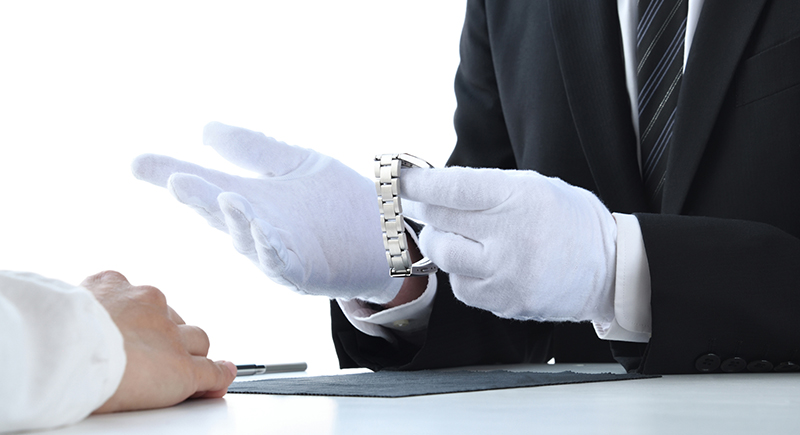
Credit: iStockphoto
Fake watches are more convincing than ever, and no amount of high-res photos or AI tools can replace physical inspection. Adrian Hailwood, a UK-based watch specialist and valuation expert, stresses in-person authentication with a registered expert. A hands-on assessment remains the most reliable way to confirm legitimacy, especially with rare or vintage models.
Understand Dealer Motivations
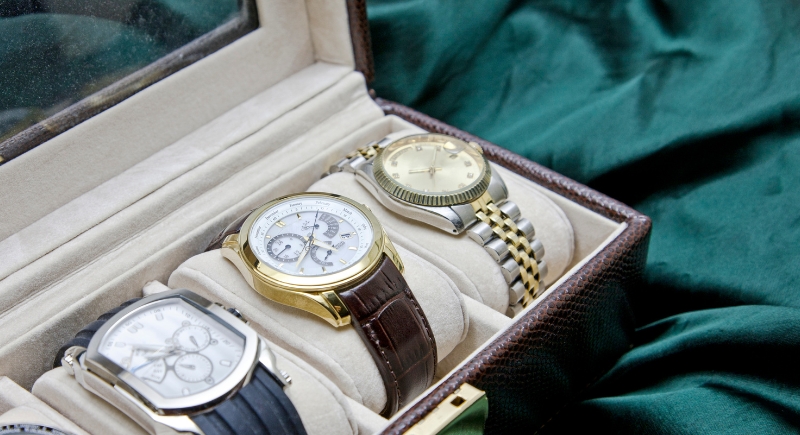
Credit: Getty Images
Dealer quotes can sound official, but they’re rarely neutral. A buying offer will skew lower, since they’re building in margin. A consignment promise might sound generous until it doesn’t sell. Always ask what the quote is based on, and whether it’s an offer, an appraisal, or just a rough estimate.
Avoid Relying on Online Listings

Credit: Canva
What you see online isn’t always what sells. Christy Davis from Subdial warns that many prices you spot are just wishful thinking. Focus on watches that have actually sold, not ones with price tags still sitting there after months of silence. That’s where the real market value shows up.
Be Strategic With Who You Call First
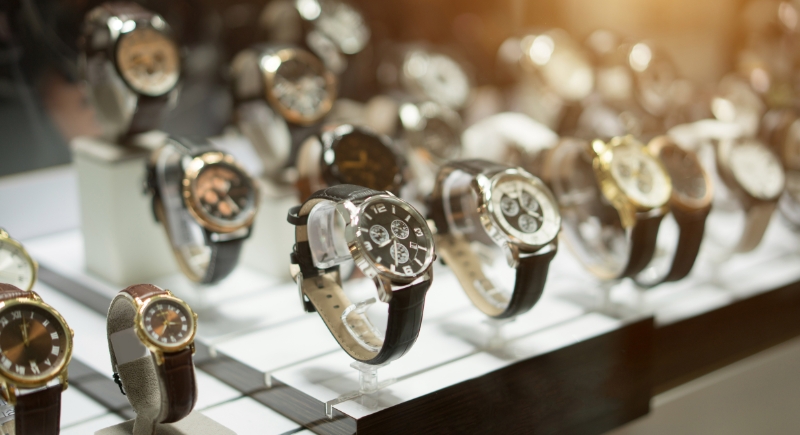
Credit: Getty Images
In tight collecting circles, word travels fast. If your watch is unusual, dealers will quickly know what others have offered. That makes your first outreach important. A knowledgeable dealer familiar with your watch’s specific value will provide you with a more accurate starting point.
Accept That Grails Don’t End the Chase
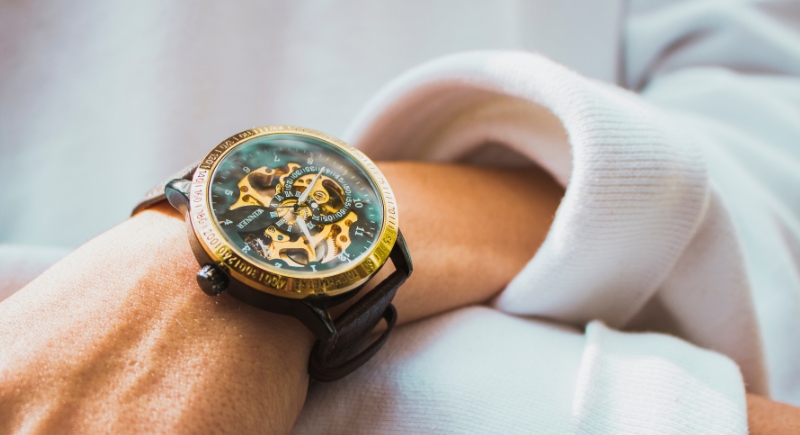
Credit: pexels
For many collectors, buying the “ultimate” watch doesn’t satisfy the urge. It just changes it. After a few months, the excitement fades, and something else starts catching your eye. The collecting habit rarely stops at one, no matter how special that one might seem at the time.
Use Commission Sales to Maximize Value
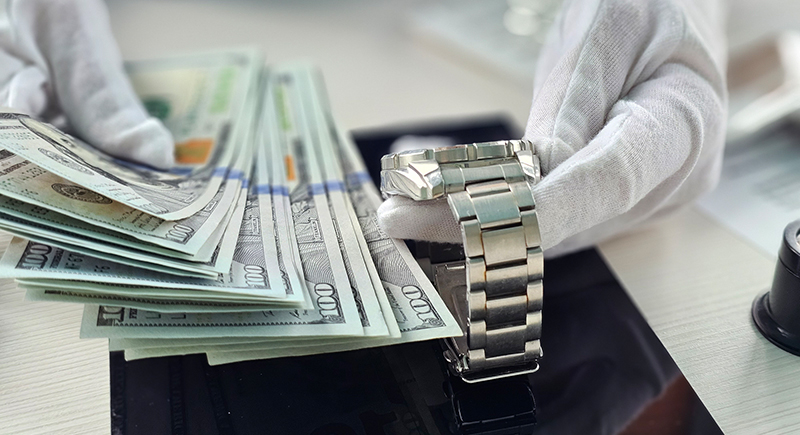
Credit: iStockphoto
Consignment often leads to better outcomes than direct sales. Platforms handle the listing, photos, and authentication, then circulate the watch to interested buyers. You retain some control over pricing and get access to a broader pool than if you sell outright.
Emotional Value Isn’t Reflected in Price
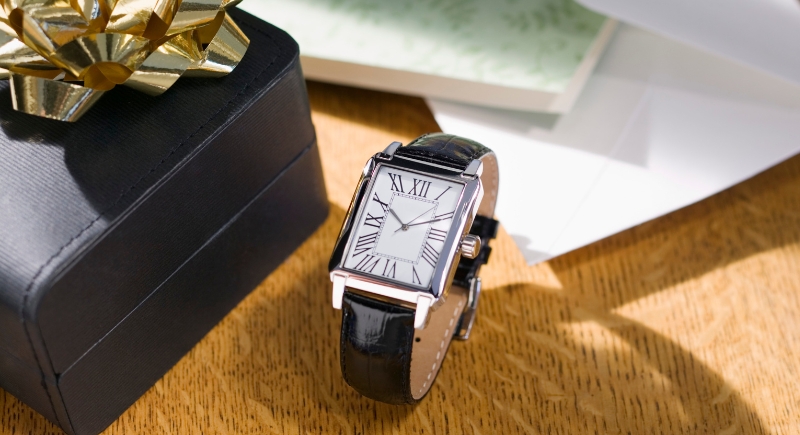
Credit: Canva
A watch tied to a wedding, a graduation, or a late relative may mean the world to you. But none of that moves the price on the open market. Emotional value and resale value are separate conversations, and both can be true at the same time.
Choose Platforms With Real Buyer Reach

Credit: pexels
Not every marketplace delivers results. A sleek website means little if there aren’t serious buyers behind it. What matters is the depth of a platform’s collector base, particularly for niche or high-end pieces. The stronger the audience, the better your chances of turning a listing into a sale.
Your Preferences Will Likely Shift

Credit: iStockphoto
The grail watch you once obsessed over may not hold the same pull five years later. Most collectors experience shifts in taste as they learn more and their priorities evolve. Letting go of a past grail is part of the evolution, especially if it funds your next move.
Build a Collection That Reflects You
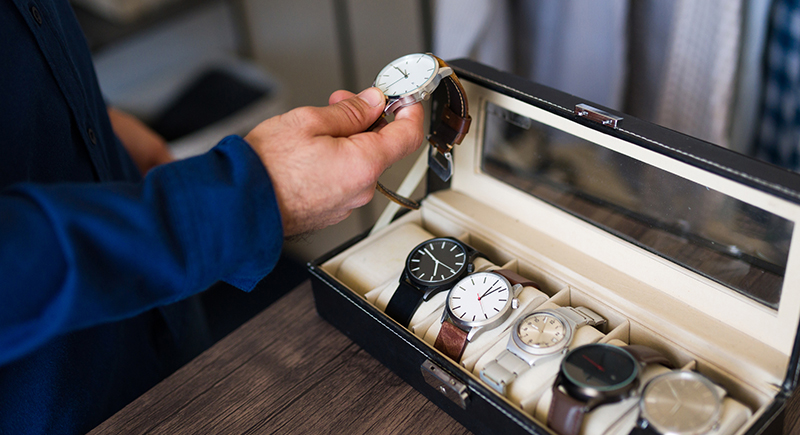
Credit: iStockphoto
Instead of anchoring your collecting goals to a single dream watch, think in terms of balance. A meaningful collection might include a modest tool watch, a travel piece, a family heirloom, or something that reminds you of where you started. That range often holds more value than a single prize.